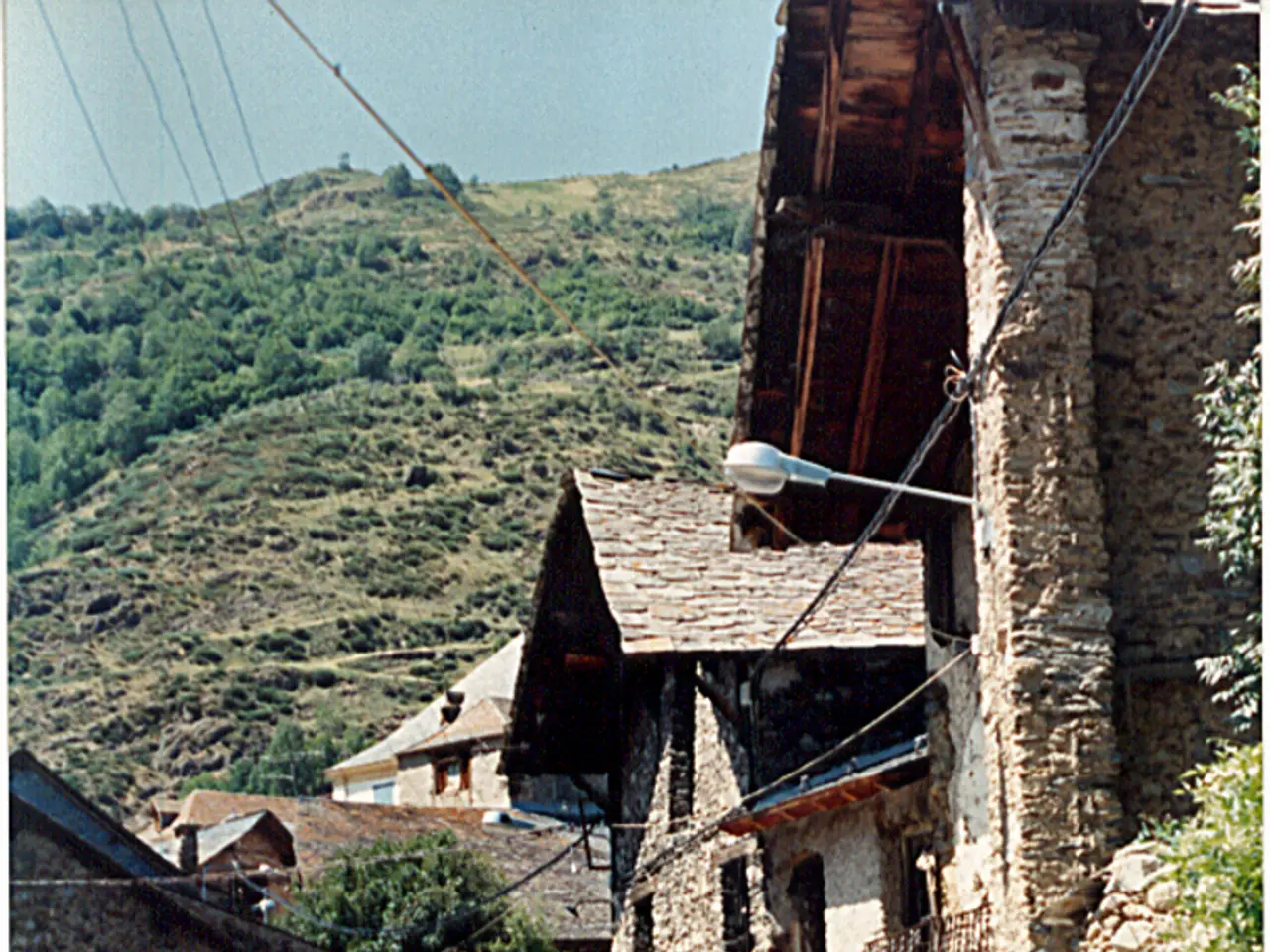Anticipated government guidance announced for the second staircase regulation
The UK government has published new fire safety guidelines, which focus on a nuanced approach to second staircases and evacuation lifts in tall residential blocks. These updated regulations, reflecting post-Grenfell reforms and recent investigations, aim to enhance resident safety and firefighter effectiveness [1].
Second Staircases
Although having two staircases is generally viewed as beneficial for fire safety, investigations have shown that simply providing an additional staircase does not guarantee occupant safety or prevention of fatalities [2]. The design must consider how redundancy is achieved, occupant and fire service interaction, and assistance for vulnerable residents. The need for a second vertical escape route should be assessed with structured, context-specific guidance rather than being universally mandated without considerations of other safety provisions and building design features [2].
Evacuation Lifts
Updated regulations require responsible persons (building managers/owners) to regularly inspect and maintain firefighting equipment such as fire service lifts and evacuation lifts. These lifts enable safe evacuation, including for those with mobility impairments, and are integrated into emergency planning and fire rescue service operational strategies [3][4]. Buildings must provide detailed floor and fire plan layouts indicating the location of evacuation lifts and firefighting equipment to facilitate effective fire service intervention [4].
Impact on Building Construction and Safety
New regulations demand comprehensive floor plans and wayfinding signage to help residents and emergency responders navigate buildings, particularly tall blocks defined as having multiple dwellings above approximately 11 meters [3][4]. Fire safety inspections now explicitly target equipment critical to evacuation and firefighting, like lifts, dry risers, and smoke control systems, requiring scheduled routine checks to ensure operational integrity [1][4].
The recent British Standard BS 9792:2025 introduces a more structured risk assessment framework for housing, encouraging proportionate, evidence-based fire safety measures tailored to residential settings [5].
Clarity for Developers
The inclusion of two staircases for buildings over 18 metres provides clarity for developers. This requirement was announced last year by Michael Gove, where the government imposed a requirement for second staircases on all new buildings that are 18 metres or taller (previously 30 metres) [6].
Transition Period and Initiation
The transition period for the new rules ends on 30 September 2026. The plans to install second staircases in huge residential buildings were initiated following the tragic incident at Grenfell Tower [7].
Additional Requirements
- The evacuation lift lobby should provide a refuge area for those waiting for the evacuation lift.
- Interlocked stairs are not considered an alternative means of escape and should be considered as a single escape route.
- Where evacuation lifts are provided, they should be located within an evacuation shaft containing a protected stairway, evacuation lift, and evacuation lift lobby, according to the Approved Document B amendments.
- The evacuation lift lobby should not be directly accessible from any flat, maisonette, storage room, or electrical equipment room.
- The new requirements separate provisions for horizontal and vertical escape.
- The changes to Approved Document B make evacuation lifts not a requirement.
- The evacuation lift lobby should have direct access to a protected stairway.
- The new fire safety policy, as part of the policy-and-legislation, emphasizes the importance of developers including two staircases in buildings over 18 metres, ensuring a safer housing environment in line with the post-Grenfell reforms and investigations.
- As the transition period for the new regulations ends on 30 September 2026, it is crucial that building managers and owners maintain and inspect firefighting equipment, such as evacuation lifts and fire service lifts, as part of their general-news responsibilities, ensuring compliance with safety guidelines and providing safe evacuation routes for all residents.








